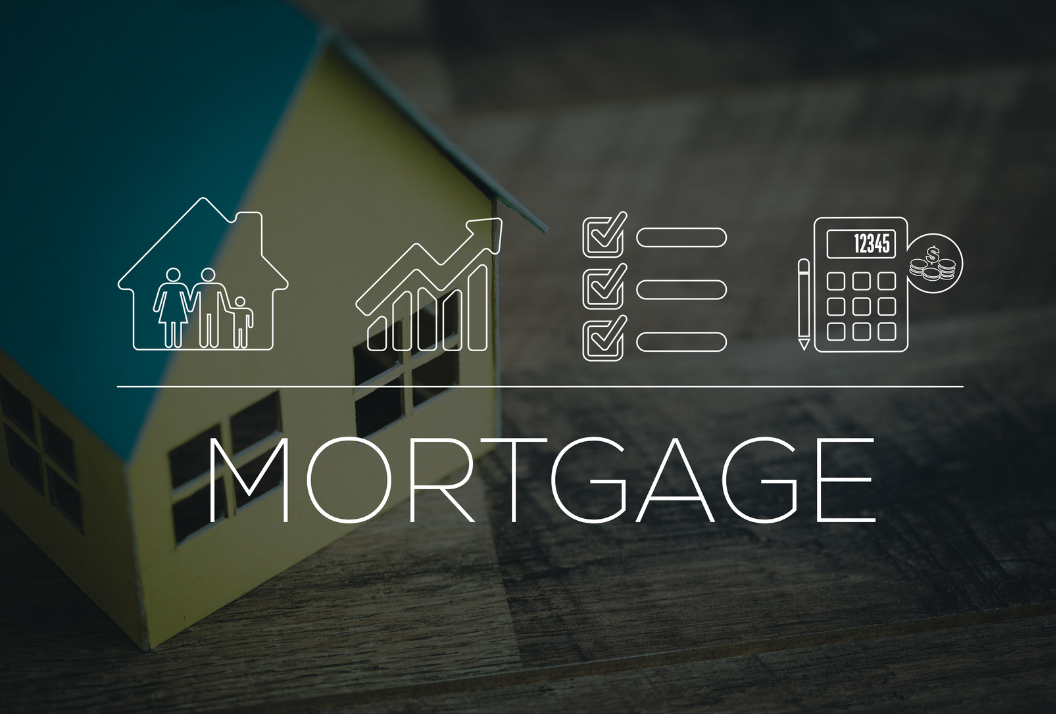Given the current historic low interest rates, we are getting these three questions a lot:
- Should I be refinancing my mortgage right now?
- Do I even have the option to refinance my mortgage right now?
- Is refinancing my mortgage the only option available?
In this post I will address all three questions for you.
First, why are people asking these questions?
Over the course of the COVID-19 pandemic there have been many changes across the financial landscape. One change that is sparking a lot of interest among clients has been the drop in mortgage interest rates to new historic lows.
We have been on a roller coaster ride with mortgage rates over the better parts of 2 decades. In 2000, the average 30-year mortgage rate in the US was 8.05%. By the end of the 2008 financial crisis, which included the housing market crash, rates had dropped to an average of 5.04% in 2009. The rates were not done there, though. In the 2010s the rates had continued to decline to an average of 3.65% in 2016. This was seen by many experts as the possible end of the mortgage decline, and over the course of the years after 2016 rates continued to increase to 3.99% in 2017, 4.54% in 2018, and 3.94% in 2019.
Then, came the year that none of us saw coming, 2020 and the COVID-19 pandemic. Along with this unprecedented pandemic there was another push on mortgage rates that saw the rate on a 30-year mortgage drop to 2.86% in September of 2020.
There is a lot to take into consideration when it comes to mortgage rates lowering or rising. Many people would think that the Federal Reserve lowing the fed funds rate, the rate banks use for lending to other banks, will automatically mean lower mortgage rates. The answer is more complex. Mortgage rates depend on factors such as inflation, the overall economy, and the fed funds rate all at the same time. This current economic climate is much like the 2008 Financial Crisis. A weaker economy, lower inflation, and a crashing of rates by the Federal Reserve have all acted together to lower mortgage rates to yet another historic low.
With all of this in mind I have been getting a lot of questions from clients about refinancing their mortgages. Let’s look at 3 of the most common questions in more detail.
Should I be refinancing my mortgage right now?
Maybe! Just because your mortgage rate might be lower does not mean you should refinance. You want to make sure it the refinance can save you money over the course of your mortgage and will positively impact your financial plan.
For example, some people have had their mortgage long enough that they are paying most of their payment towards principal, so the refinance would mean paying more interest than they are now in addition to closing costs. For some people to refinance could mean that they would have to increase their monthly payment obligation to see the benefit which would cause them to lower the amount they have to pursue other goals.
On the other hand, some might have just purchased a home in the last couple of years when rates were on the rise and already locked in a rate below 3.00% for 30 years, a great help towards any long term plans.
The key takeaway is now may be the time to explore this option! I recommend looking at your existing mortgage rate and using a calculator to amortize out the mortgage. Then get a quote on a refinance along with closing costs and amortize that out as well. Once you have compared them side by side and determine whether you can save money, the next step is to figure out how it fits into your overall plan. If you have a financial planner, just get this information to them and they can help you make a decision that is based on your financial plan.
Do I even have the option to refinance my mortgage right now?
This typically comes up if someone has not owned their property for very long or has borrowed against their home in recent years. The question is answered by looking at a couple of factors.
First factor is, how much is your home worth and how much do you owe on your home? This is the Loan-to-Value ratio and banks will look at this when deciding to lend to you. In many cases they will lend up to 80% of a homes value. So, if you have a home worth $250,000 and your existing loans against the home equal $235,000 your Loan-to-Value ratio is 94%, and it is likely a bank would not lend to you in this environment. However, if you owe $200,000 on the same home worth $250,000 there is a better chance the bank would look at this because the Loan-to-Value is 80%.
The second factor is, what is your current financial situation? This is a sensitive subject for many people. You must remember that banks and lenders are looking at risk when giving these large loans. If your credit has been damaged in recent years, or your employment has changed often the banks might see risk. In some cases, even if someone finally gained the employment they had hoped for and their income was going to rise significantly, lenders may need to see proof this is not just a temporary thing. They may say there needs to be more time at that income level to justify the loan.
With a good credit history, stable income, and the proper Loan-to-Value looking at refinancing may be beneficial.
A financial plan can help you understand these two factors and empower you to answer this question for yourself.
Is refinancing my mortgage the only option available?
A mortgage is the most popular and well-known form of home lending, so many people think it is the only option available. There actually are other solutions.
Most banks offer loans that use the equity in your home as security for lending to you, but it is not a traditional mortgage. The most common types of these loans are the Home Equity Installment Loan (HEIL) or the Home Equity Line of Credit (HELOC).
HELOCs and HEILs are similar in that you’re borrowing against your home equity. But a HEIL typically gives you a sum of money all at once, while a HELOC is similar to a credit card: You have a certain amount of money available to borrow and pay back, but you can take what you need as you need it. You’ll pay interest only on the amount you draw.
HELOCs often begin with a lower interest rate than HEILs but the rate is adjustable, or variable, which means it rises or falls according to the movements of a benchmark. That means your monthly payment can rise or fall, too.
If you are wondering which is better for you – a HEIL or a HELOC or a mortgage refinance – it will depend on many factors, so please speak with a lending expert from a bank, credit union, or mortgage company and ask them to compare them side by side.
In Summary
Rates are at historic lows and you may want to look to see if it is a good time to refinance your mortgage. As a financial planner, , I help empower clients to make informed financial decisions. When it comes to refinancing options you should consult a mortgage specialist, but I can help you to understand how your decisions affect your financial plan.
To find out more about how a refinance might fit into your financial plan and how we can help educate and empower you to make informed financial decisions contact us at 412-357-2002.
This is meant for educational purposes only. It should not be considered investment advice, nor does it constitute a recommendation to take a particular course of action.The information provided is based on data gathered from what we believe are reliable sources. It is not guaranteed by LPL Financial as to the accuracy and is not intended to be used as the basis for any financial decisions. LPL Financial and its representatives do not offer mortgage services. Please consult with the appropriate professionals regarding your personal situation prior to making any financial related decisions.

Make Your Vision Great Again: Why Clarity Wins
As leaders, we often assume our message is clear. We see the vision vividly, like a movie playing in our heads.

An Impact So Great Our Community Would Weep If We Closed Our Doors
Part of our 412 Vision at Beratung Advisors is to have “An Impact so Great Our Community Would Weep if We Closed Our Doors.”

Generational Planning for Yinz
After eight years, we are changing our tagline from “Guidance with a Plan” to “Generational Planning for Yinz.”

4 Keys to Hearing God’s Voice
I first learned these 4 keys to hearing God’s voice on an L3 Mastermind Retreat from my friend Andrew Reichert, and it changed my life.

Give ‘Em The Pickle
We believe that a big part of culture is shared language. We have a shared language we call the Beratung Vernacular that helps us all row in the same direction.

13 Lessons I Learned From My Dad
My father was called home to be with God 13 years ago on Thanksgiving Day, November 24th, 2011. Today would have been his 76th birthday. There is not a day that goes by that I do not think of my dad. In his memory, I wanted to share the 13 most important lessons he taught me, one for each year he has not been with me.




